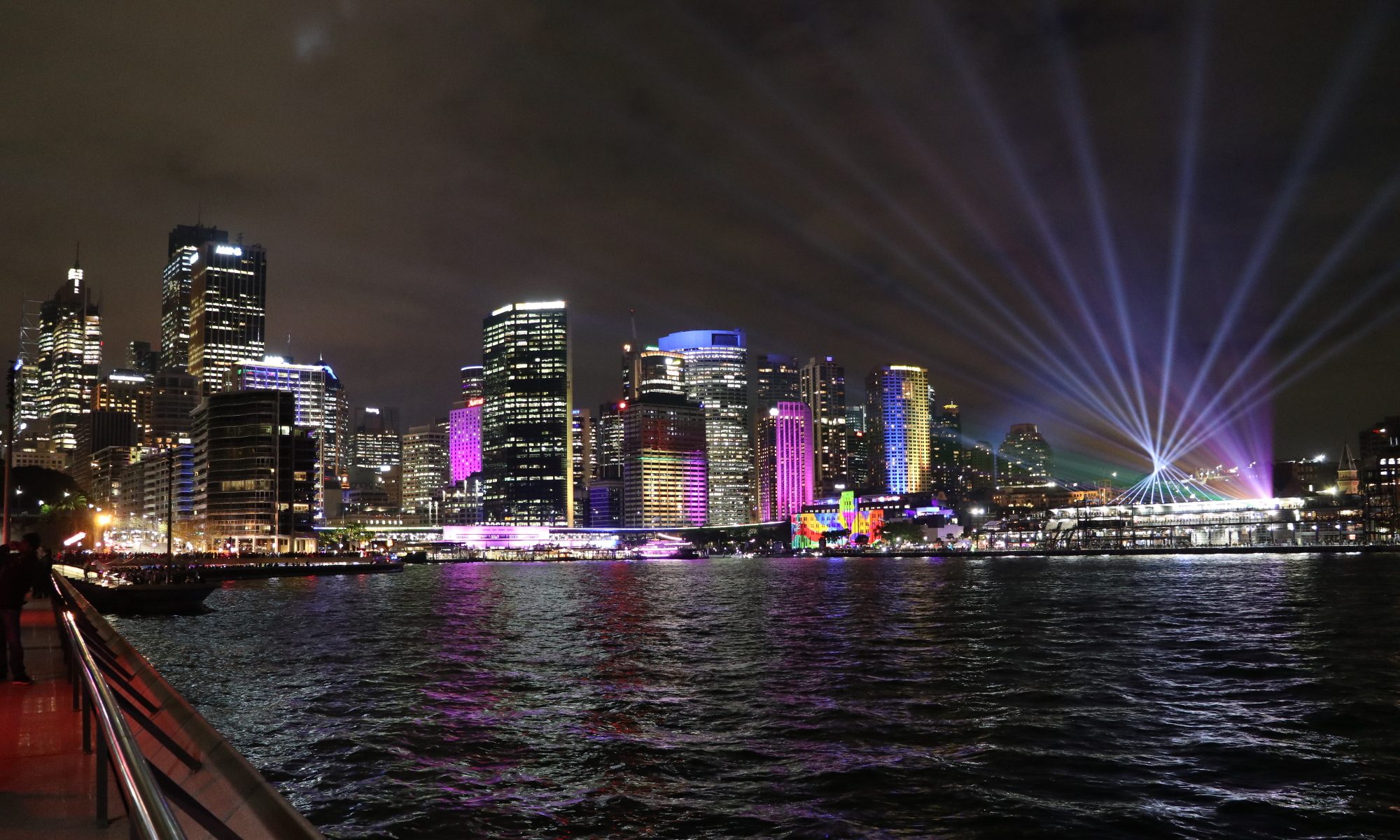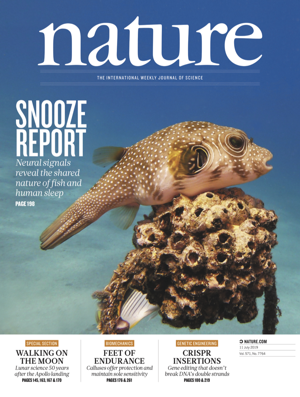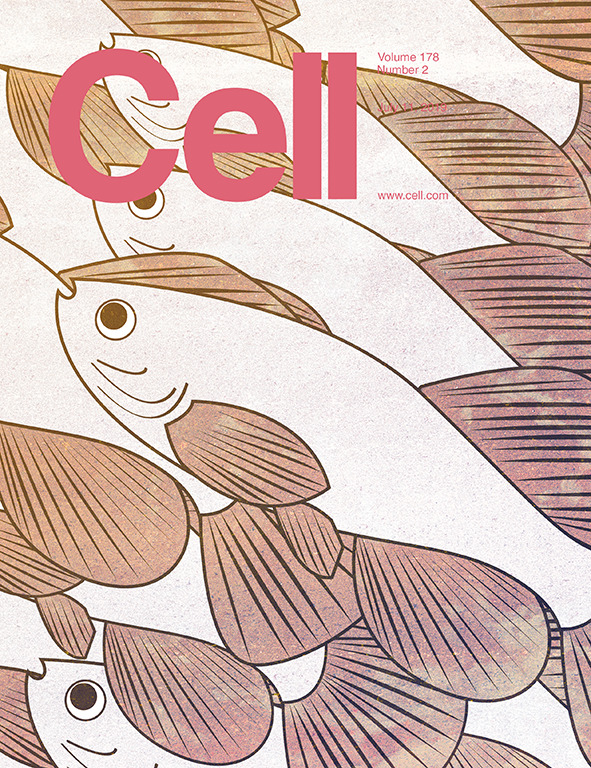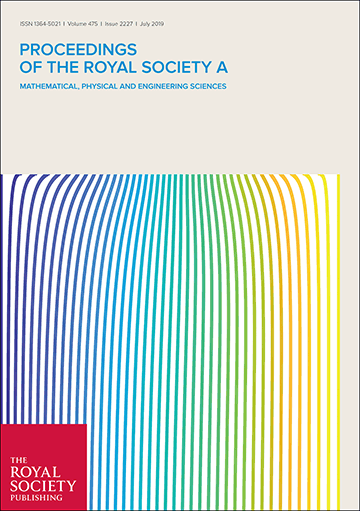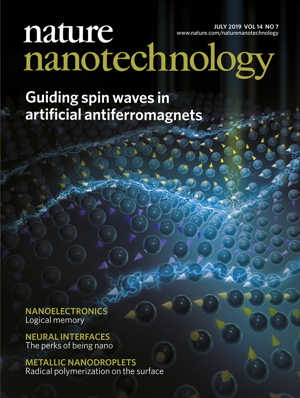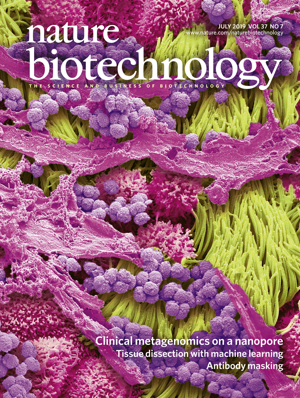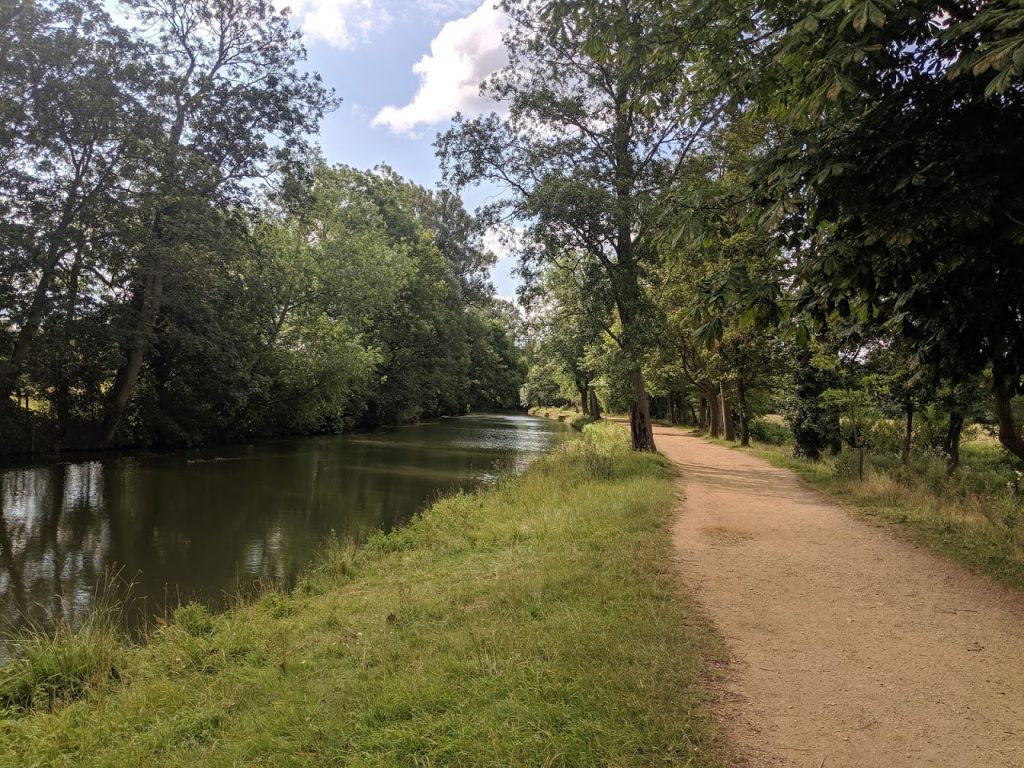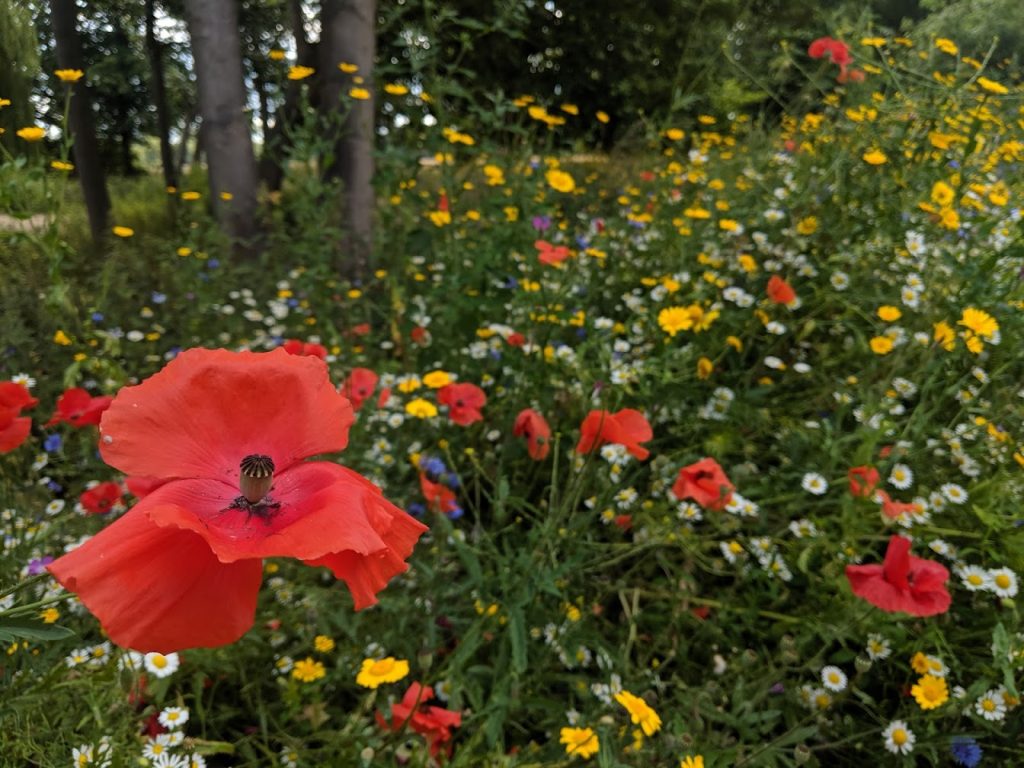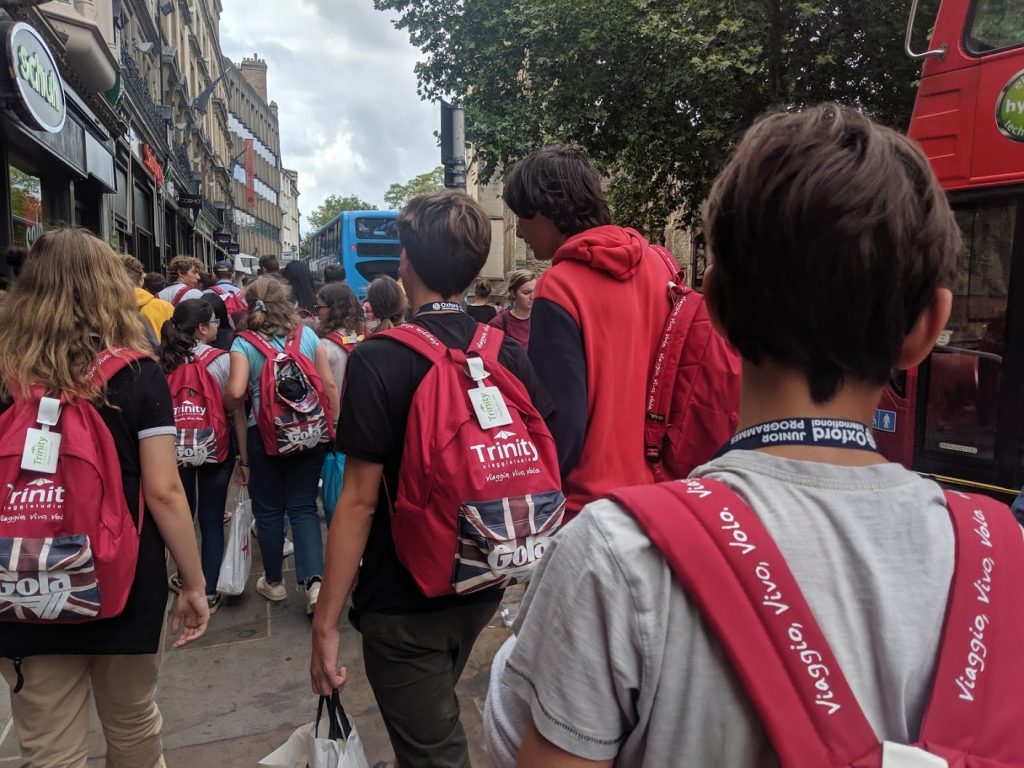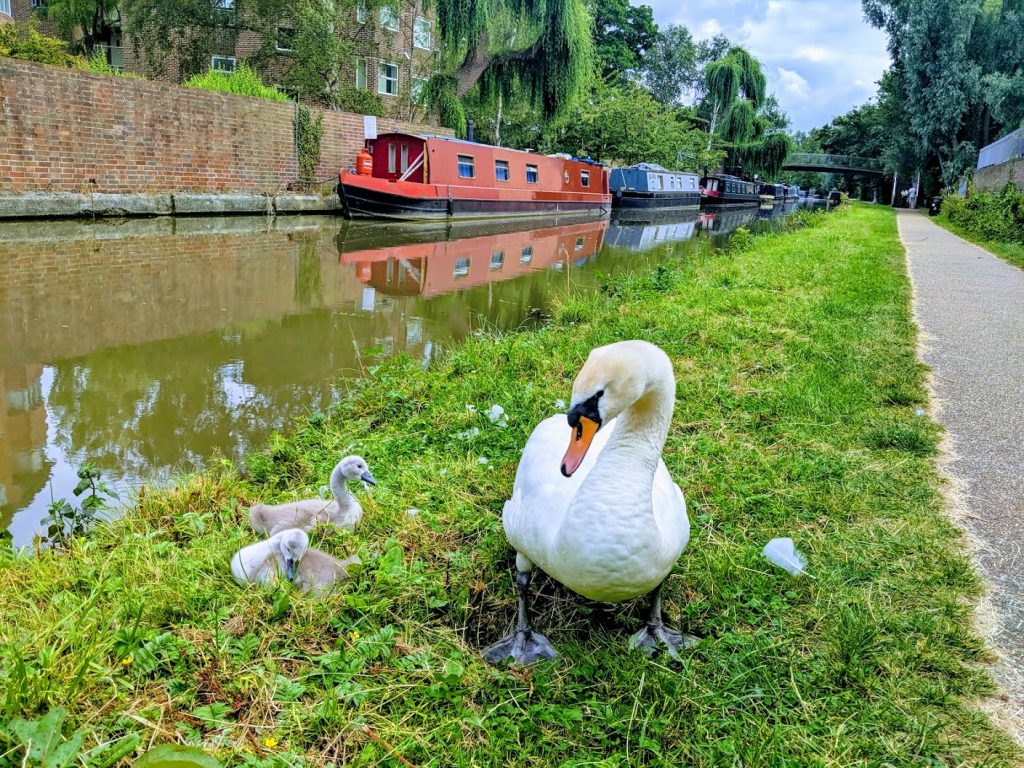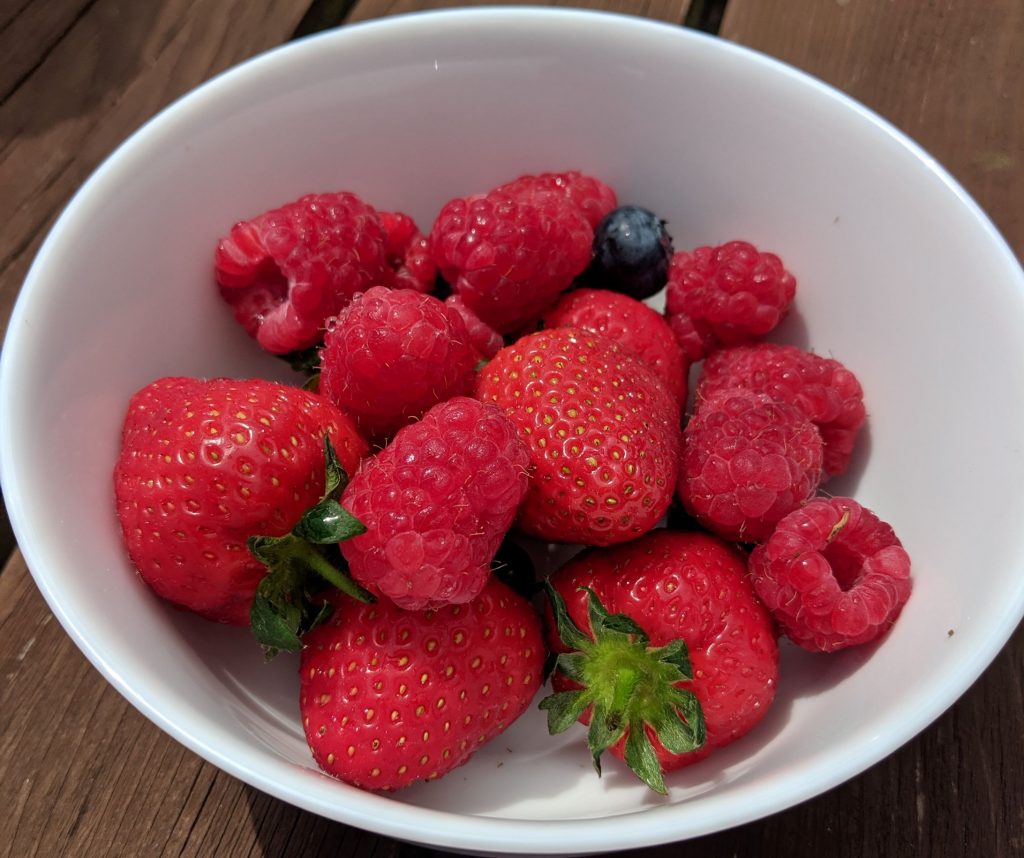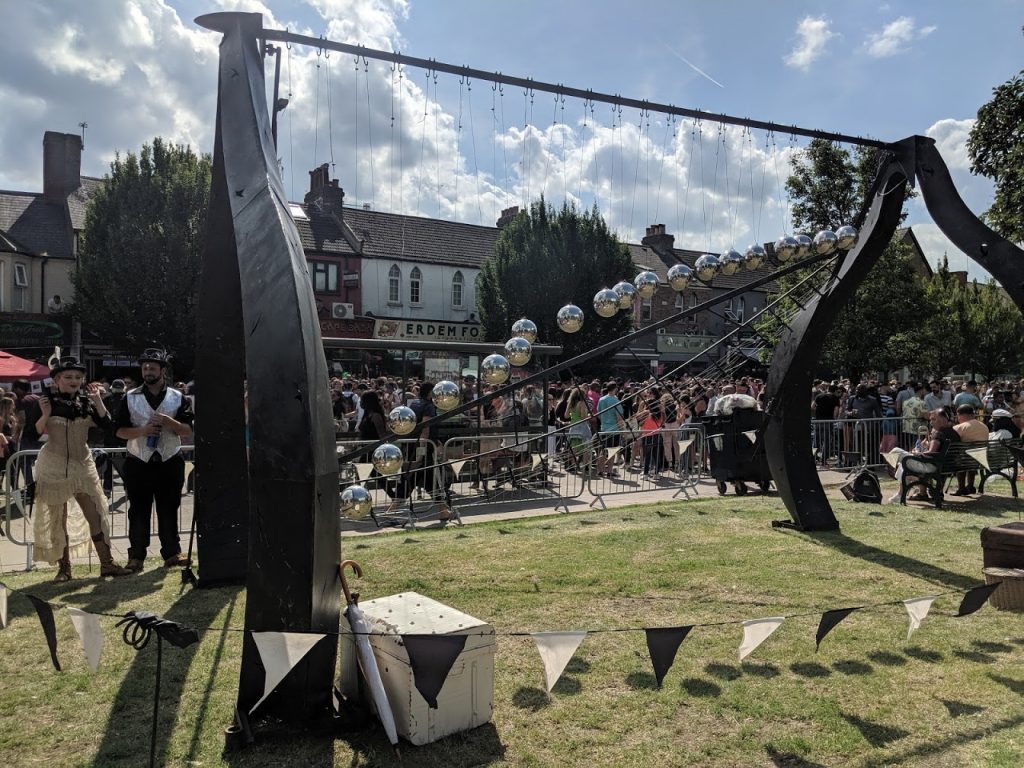Short version: The Olympics is one year away. The weather is getting hotter. Sometimes scientists lie. People keep doing impossible things. I’m more active on social media.
Long version:
Olympics
One year from this Wednesday, on Friday 24th July 2020, the Tokyo Olympic games will open. The games will feature 339 events in 33 different sports, encompassing 50 disciplines. Although playing sport was compulsory in school for me (I played tennis and football (soccer) poorly), it was only while working in anti-doping alongside passionate athletes that I became motivated to try more athletic activities. Since then I have found participating in sports gives me a much greater appreciation for the strength and skill of professional athletes (though many Olympians are “amature” as not all sports have enough of a following to create professional opportunities). This creates an interesting personal challenge: to attempt to “play” each sport between now and the opening ceremony in 2020, and thereby be a much more informed spectator.
Hot Weather
Oxford had the hottest day on record this Thursday, at 37 °C. The 38.1°C in Cambridge was close to the all-time record in the UK of 38.5°C [update: it was actually the hottest day on record]. For an Australian these are not particularly remarkable temperatures, where the “Angry Summer” heat waves were 10°C warmer again, but the ABC put out a video explaining why lower temperatures in the UK feel hotter. Climate change will continue to bring hotter and more frequent heat waves.
Investigative Science
Last week I wrote about staying up to date by reading work from other scientists. Publishing papers is how academic scientists progress their careers, which creates an incentive to cheat. To sharpen my skepticism I keep an eye on papers that get taken down for false or misleading data; Retraction Watch is a blog that covers such cheating. This week I stumbled upon their collaboration Forensic Friday, which lets you practice your ability to discern real and fake data.
People do Impossible Things
A couple times this week the incredible feats humans are capable of have come up in conversation. Talking about personal strength goals, my aspirations pale in comparison to athletes like Chen Xiexia who at a bodyweight of 48 kg set the olympic record for Clean & Jerk by lifting 117 kg overhead. A number of friends are experimenting with intermittent fasting, but even a fast of a few days merely makes the record 382 day fast more impressive (an interesting article about the line between fasting and eating disorders). I remember reading (though I struggle to find the source) that it was once thought there was a limit (approx 10) to the number of marathons the human body was capable of running, but since then several athletes have run more distance than a marathon a day for several days, including Terry Fox who ran 5,373 km with one prosthetic leg and suffering from cancer. Most recently I learned that the USSR banned blindfolded chess simultaneous exhibitions because of health concerns (Morphy, Capablanca, and Alekhine reported headaches from playing blindfolded matches), but you can watch Magnus Carlsen playing a blindfolded simultaneous exhibition match.
Social Media Activity
I’ve been much more active lately on social media, particularly uploading photos from this blog to instagram. I am interested in reaching out to more people. Aside from the vain joy of having a larger audience, I hope you (the reader) find some of my content interesting, or even better comment or reach out to guide me to create better content.
Photos from the Week

Uffington White Horse 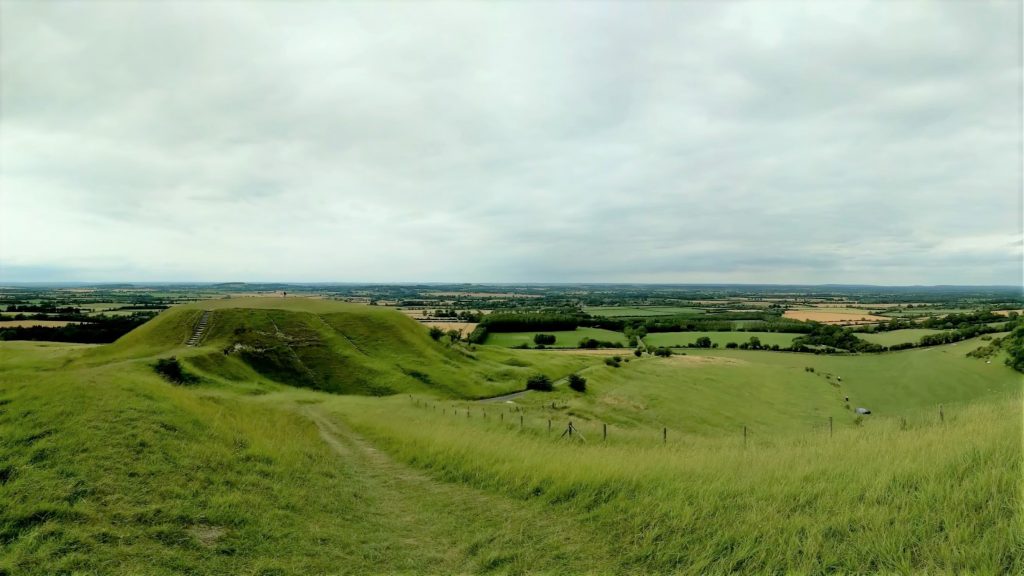
Oxfordshire from the hill 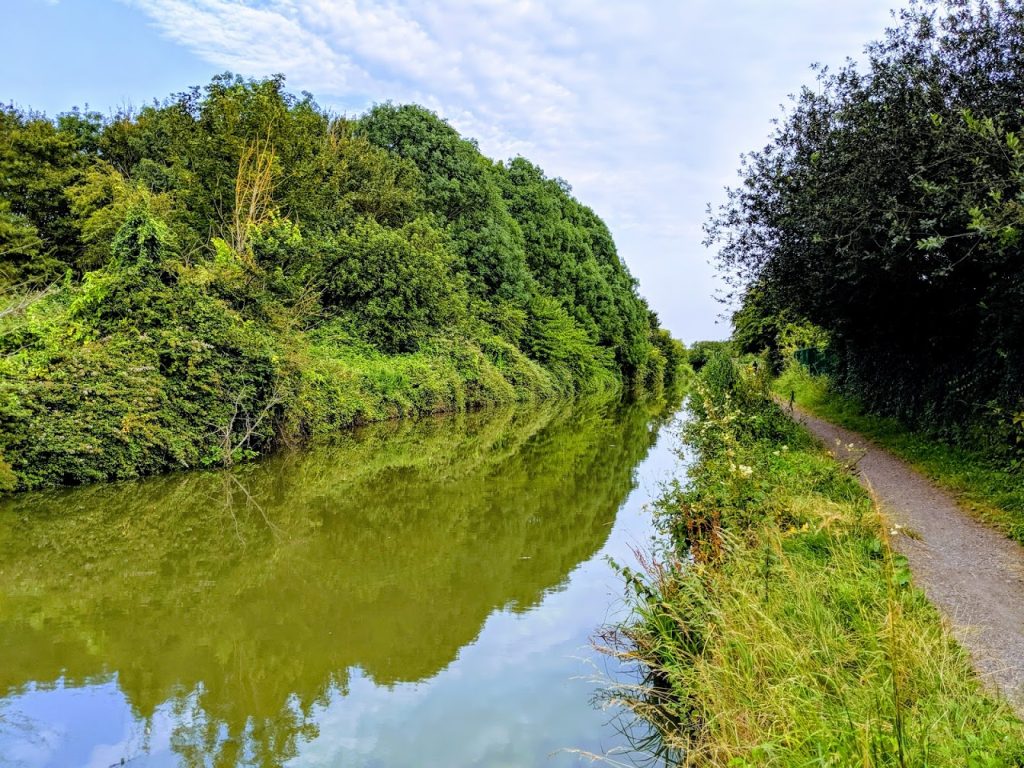
Mindful runs along canal
